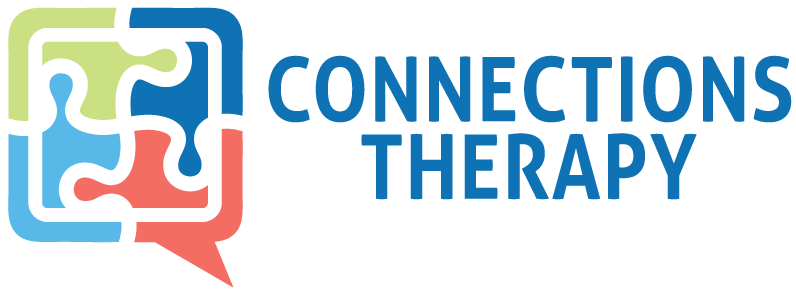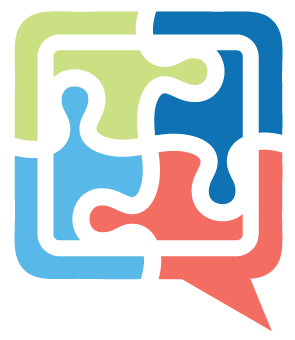04 Sep What is dysgraphia?
What is dysgraphia?
Dysgraphia is a writing disability in which a person finds it difficult to form letters or write within a defined space. The demand of needing to combine the complex mixture of tasks needed for a satisfactory written result may be difficult.
What are the common features of dysgraphia?
- Difficulties with spelling
- Poor handwriting
- Trouble putting thoughts on paper
- Poor organization of writing on the page
Common difficulties experienced by those with dysgraphia:
- Getting ideas on paper
- Body awareness or feedback in the hands
- Less than age appropriate written communication output
- Poor endurance for handwriting
- Limited motivation for written academic tasks due to their known difficulties with it
Strategies that help the child with dysgraphia:
- Additional time to complete written tasks.
- Alternative ways to express knowledge (e.g. verbal response rather than written, others scribing for them or voice activated computer software).
- Using a computer to write long pieces of work.
Occupational Therapy approaches and activities that can support a child with dysgraphia include:
- Providing specific physical supports for pencil mechanics to make writing easier (e.g. slant board).
- Using aids: Trialing various pencil grips and/or a slant board.
- Specific paper: Trialing and using adapted paper to reduce the attention to detail from memory alone.
- Developing visual processes/sequences to assist with getting ideas on paper (e.g. ‘mind maps’).
- Pre-organization: If getting started is a problem, encourage pre-organization strategies (e.g. sentence starters).
- Fun games: Completing sentence structure and word association games
Why should I seek therapy for my child with dysgraphia?
Diagnosis alone is NOT the solution. It simply opens the door to getting the help that is needed by providing all involved with the relevant information.
If left untreated the child with dysgraphia may have difficulties with:
- Managing a full school day due to poor strength and endurance.
- Participating in sporting activities leading to an inactive lifestyle, increasing the risks of other health related issues such as obesity, diabetes, cardiovascular disease or similar conditions.
- Self esteem and confidence when they realize their skills do not match their peers.
- Fine motor skills (e.g. writing, drawing and cutting) due to poor core stability, meaning they do not have a strong base to support the use of their arms and hands.
- Completing self-care tasks (e.g. tying shoes, manipulating buttons and zippers, using eating utensils).
- Accessing the curriculum because they are unable to attend to tasks long enough to complete assessment criteria.
- Academic performance: Developing literacy skills such as reading and writing and coping in the academic environment.
- Academic assessment: Completing tests, exams and academic tasks in higher education




Sorry, the comment form is closed at this time.